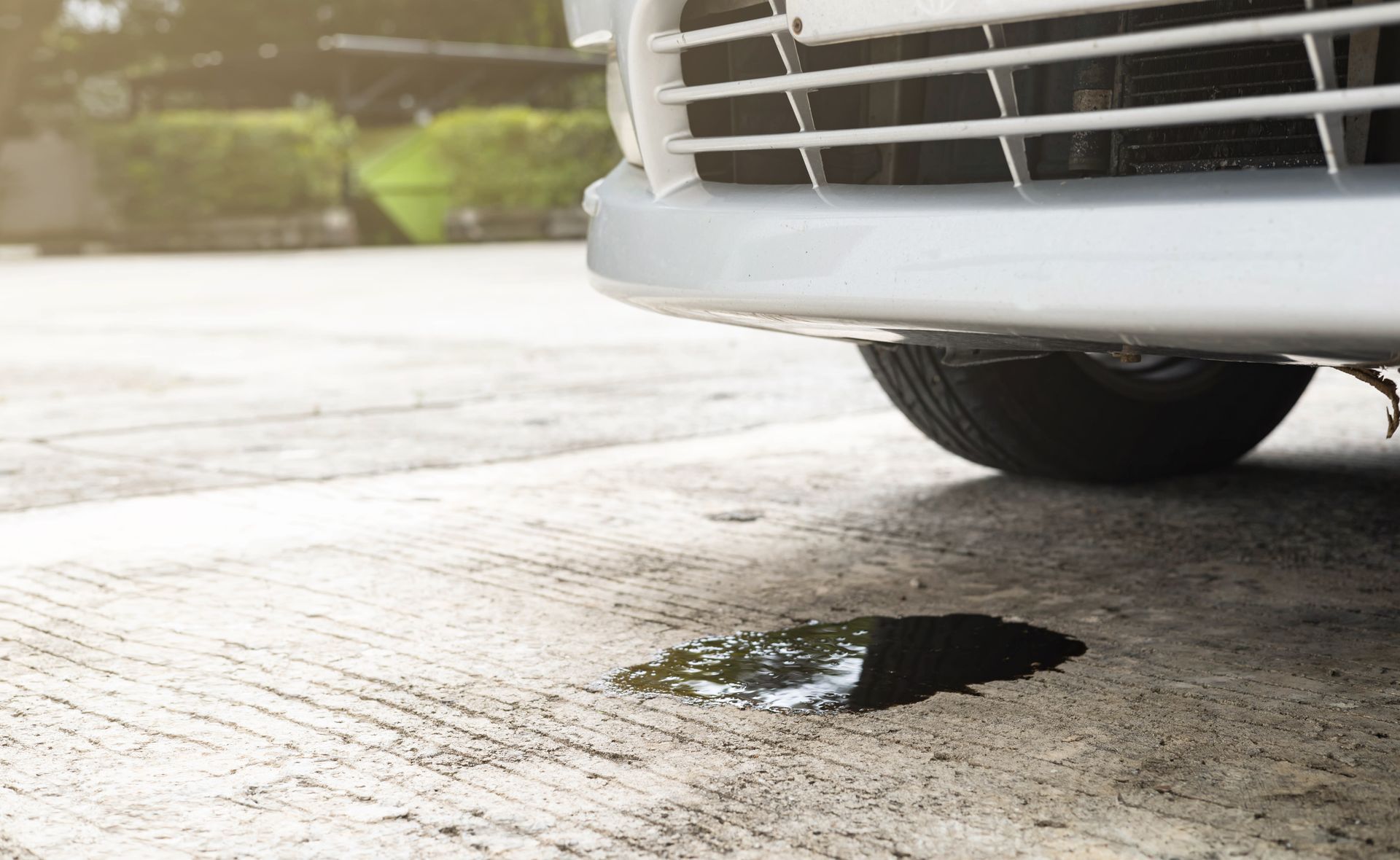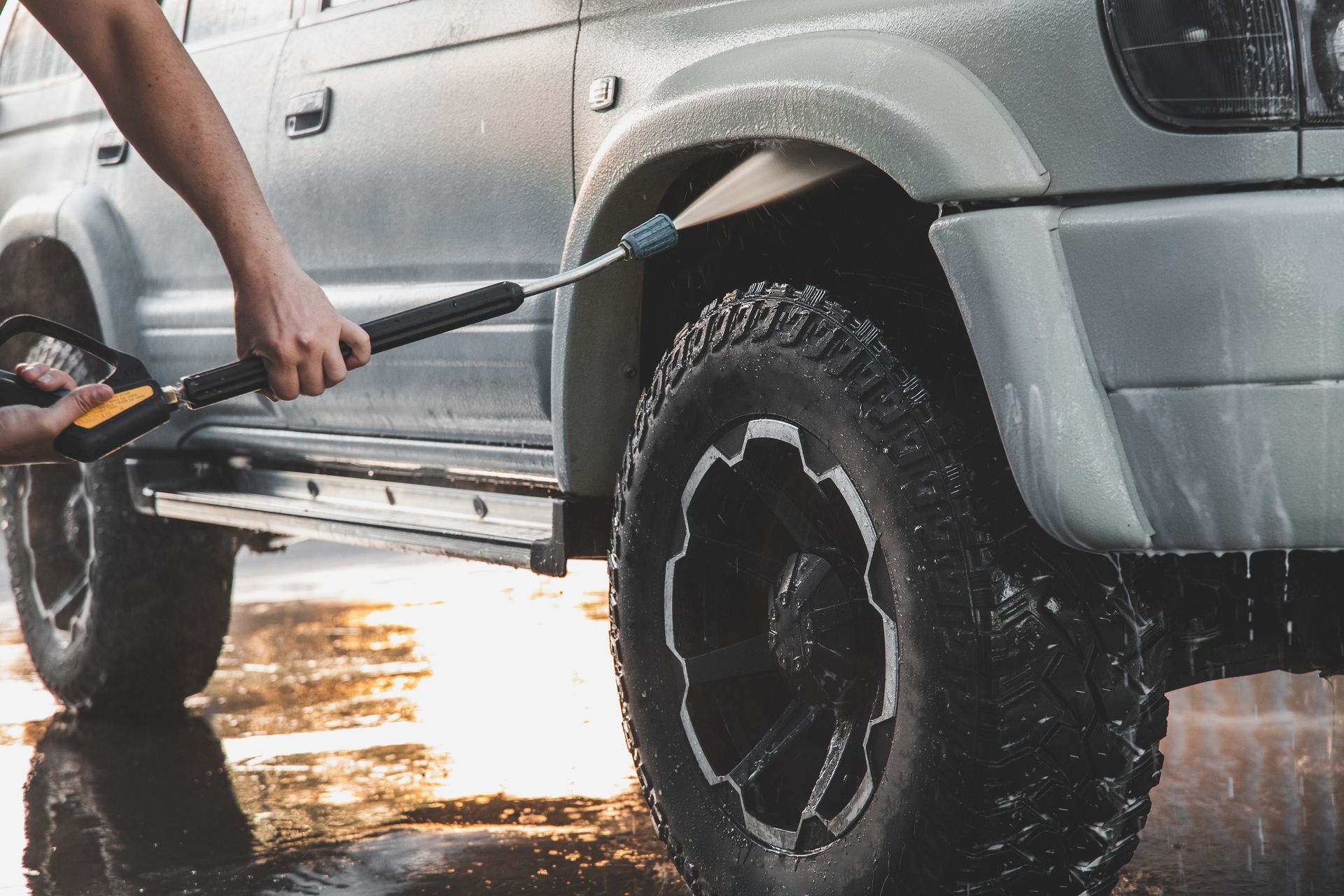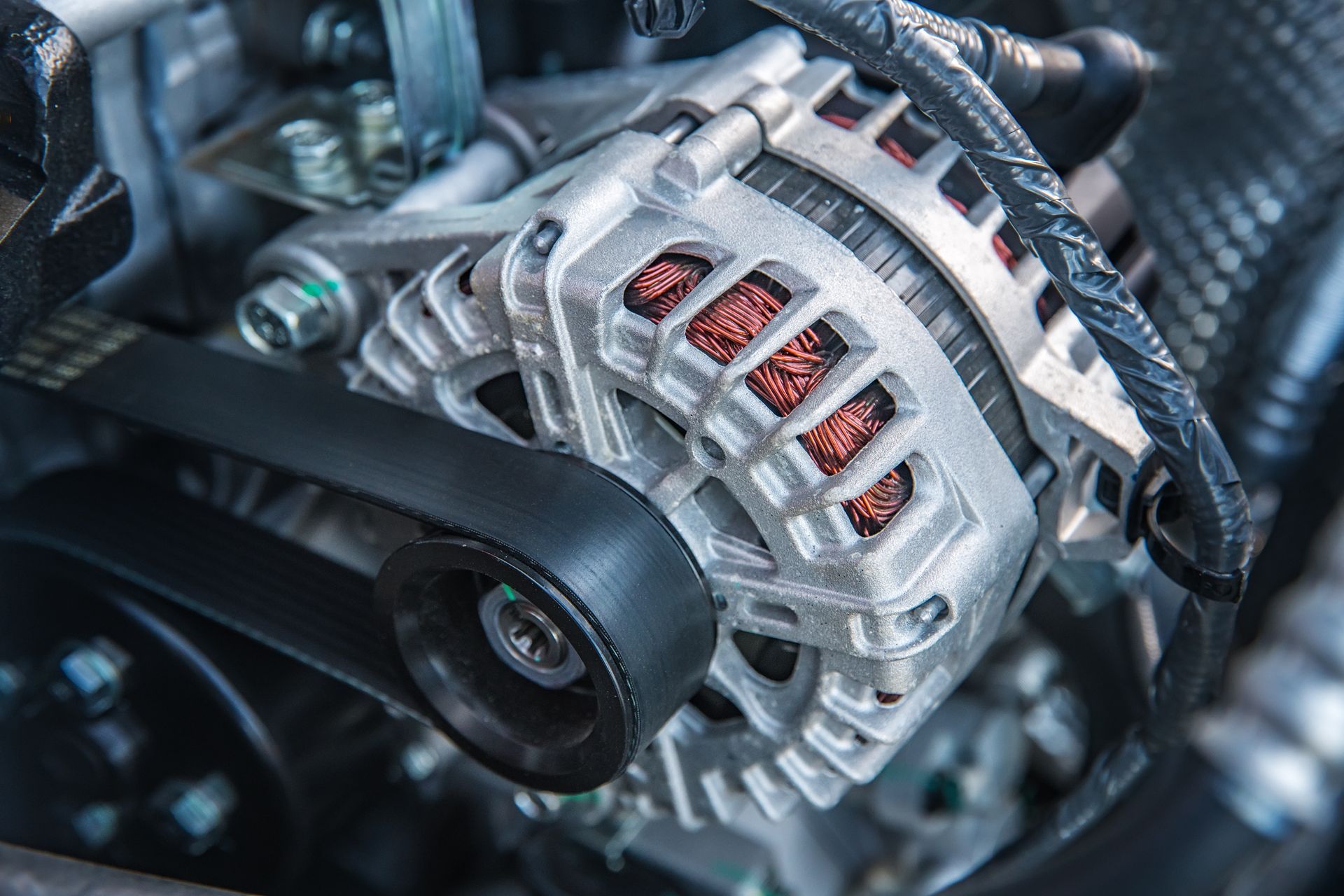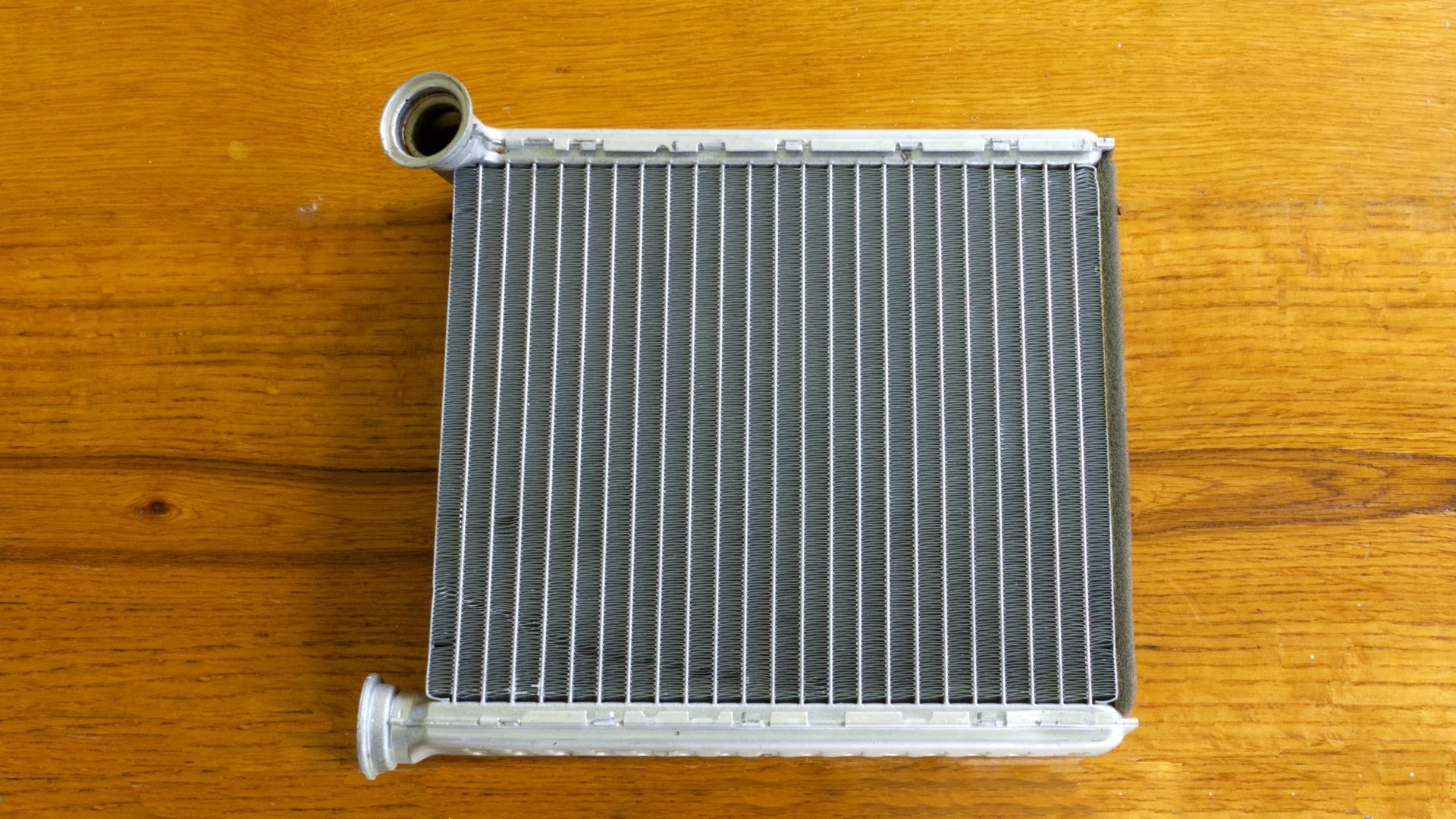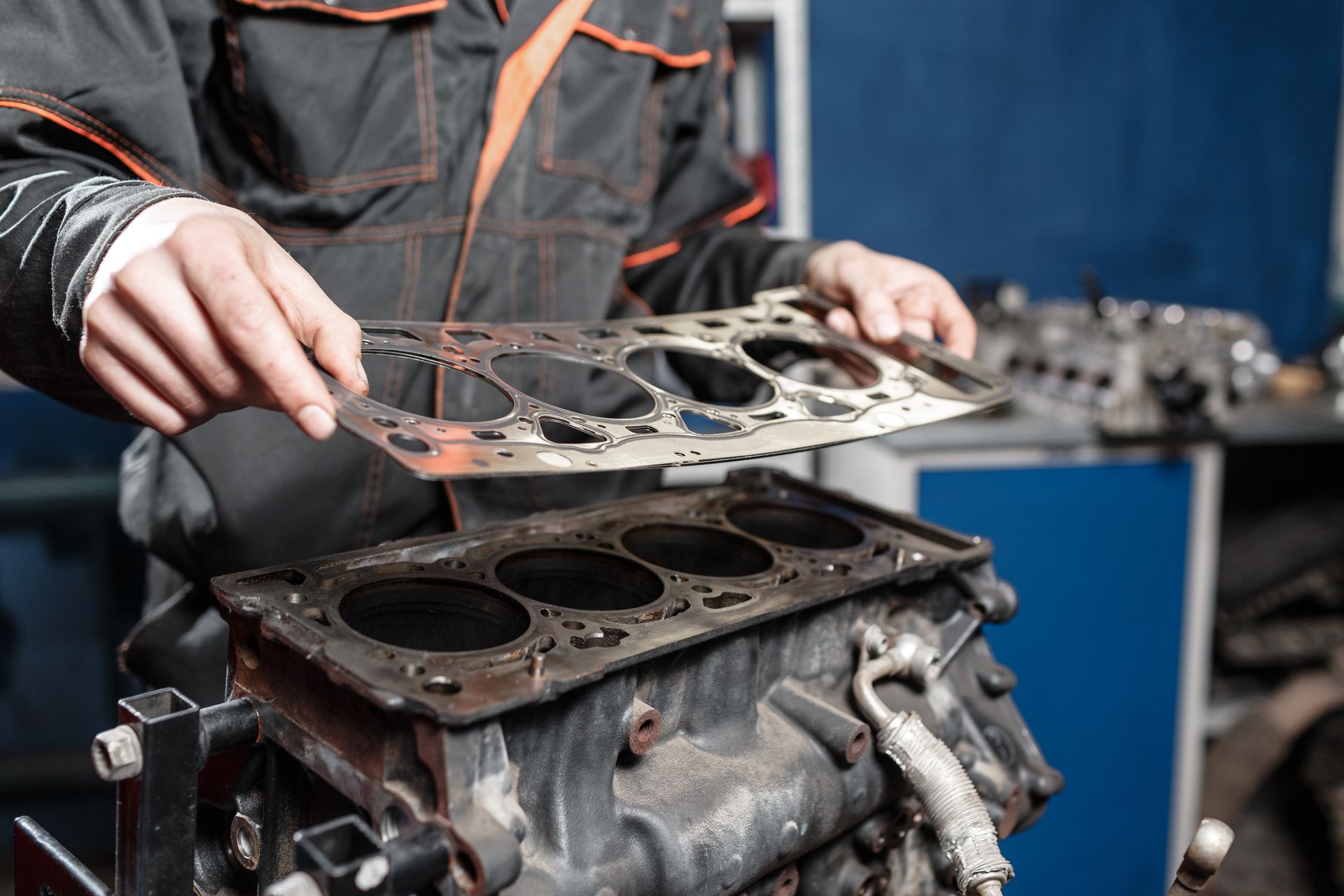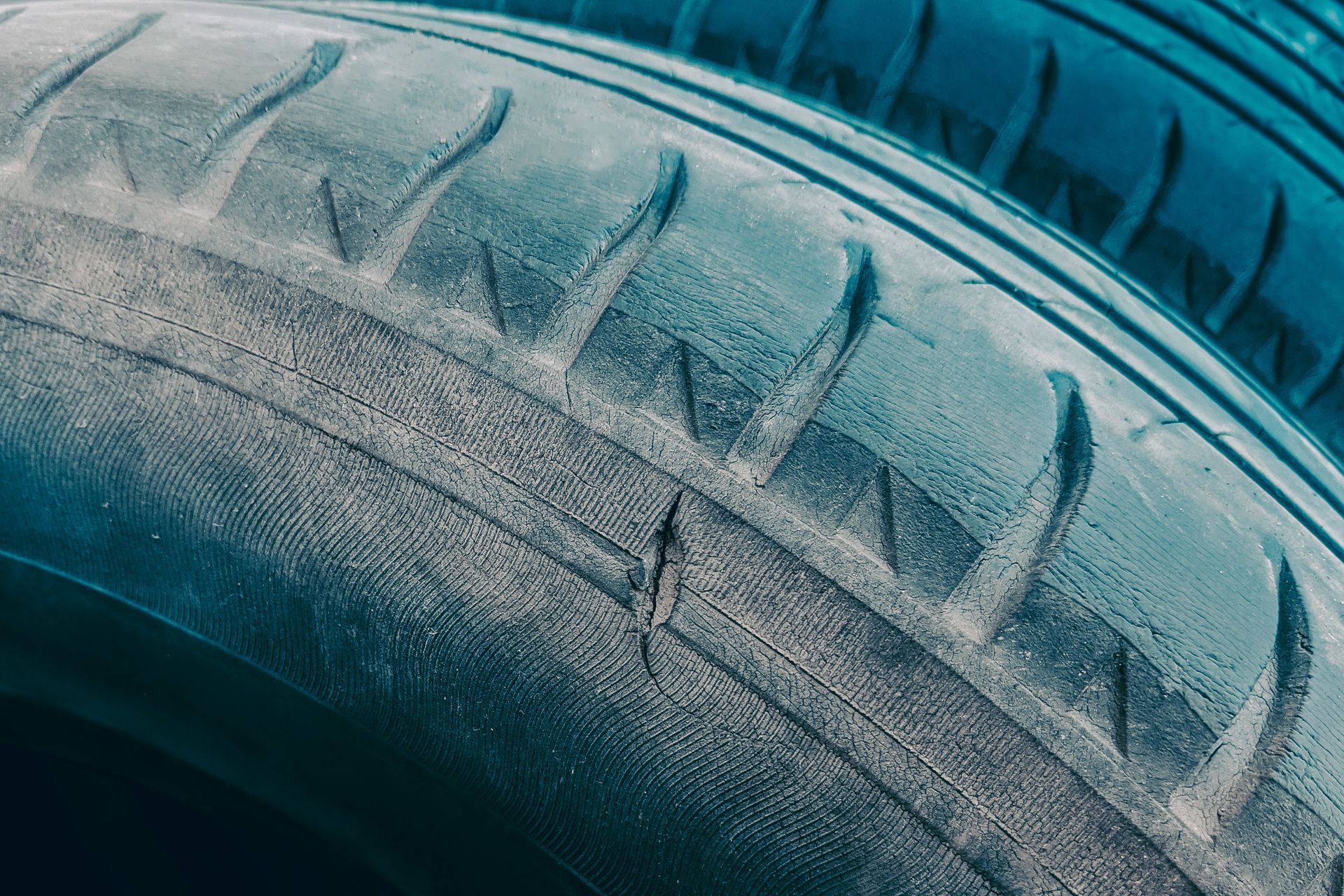You pop the hood for a quick check and notice your coolant level is low—again. But there’s no leak on the driveway, no steam, and no warning lights. It’s not just confusing—it’s a little concerning. Coolant loss without a visible leak is more common than you’d think, and it usually points to something going on behind the scenes. Since your cooling system plays a key role in keeping your engine from overheating, even a slow loss is worth paying attention to. So what could be causing it?
Evaporation Isn’t the Cause—Here’s Why
First off, it’s important to know that engine coolant doesn’t simply evaporate under normal conditions. Unlike windshield washer fluid, which can disappear naturally over time, coolant is a sealed system and isn’t designed to lose volume. If the level is dropping, it means coolant is going somewhere—it’s just not always obvious where.
So, if your fluid keeps getting low, it’s time to investigate.
Internal Leaks Can Be Hard to Spot
One of the most common explanations for a disappearing coolant level is an internal coolant leak. Instead of dripping on the ground, the fluid might be leaking into the engine itself, particularly through:
- A blown head gasket, which allows coolant to enter the combustion chamber
- A cracked cylinder head or engine block
- A faulty intake manifold gasket on certain engine designs
These issues often don't leave a visible puddle, but they can cause the coolant to be burned off in the engine, producing white exhaust smoke or a sweet smell from the tailpipe.
Another giveaway? If your engine oil looks milky or has a frothy texture, it could mean coolant is mixing with oil—something that should be addressed immediately to avoid severe engine damage.
The Radiator Cap Might Be to Blame
Sometimes, the issue is as simple as a worn or faulty radiator cap. This cap isn’t just a lid—it’s a pressure-regulating component that keeps the cooling system sealed and pressurized.
If it fails, it can allow coolant to escape as vapor, often without leaving a puddle. It can also cause coolant to push into the overflow tank and not return properly to the radiator, gradually reducing the total coolant level.
Replacing a radiator cap is inexpensive and easy, so it’s worth testing or swapping out if you’ve been topping off your coolant more often than usual.
Slow Leaks That Only Happen Under Pressure
Another possibility is a very slow external leak that only occurs when the engine is hot and under pressure. When the engine cools, the system contracts, sealing the leak and leaving no trace.
Common sources include:
- Tiny cracks in the radiator
- A leaky water pump
- Aging or brittle coolant hoses
- Small leaks at clamps or fittings
These kinds of leaks may not show up when the engine is cold. A pressure test can often reveal them by simulating the pressure of a running engine while the car is off and cool.
Heater Core Leaks Can Hide Inside the Cabin
If your coolant is vanishing and the windshield fogs up unexpectedly, the heater core might be leaking inside the dashboard. Located behind the glove box, the heater core is part of the coolant system that warms your car’s interior.
Leaks here can release coolant vapor into the cabin, sometimes producing a sweet smell or damp spots on the floor mats. It’s not always easy to detect, but it’s a known source of hidden coolant loss.
Heater core repairs can be labor-intensive, but driving with a leaky one can lead to ongoing coolant loss and even engine overheating.
When to Worry About Coolant Loss
If you’re topping off coolant more than once every few months—or if it seems to drop after every long drive—it’s time to have the system checked. Coolant loss usually gets worse over time, not better, and ignoring it can lead to overheating, head gasket damage, and engine failure.
Even if the vehicle isn’t overheating yet, low coolant reduces the system’s efficiency. The engine may run hotter than normal, especially in traffic or during warm weather.
Can’t figure out where your coolant is going? Let the team at
Gibbon Tire and Auto in Charlotte, NC, take a closer look. From pressure tests to dye inspections and full cooling system diagnostics, we’ll track down the cause of your coolant loss and fix it before it becomes a major problem.

